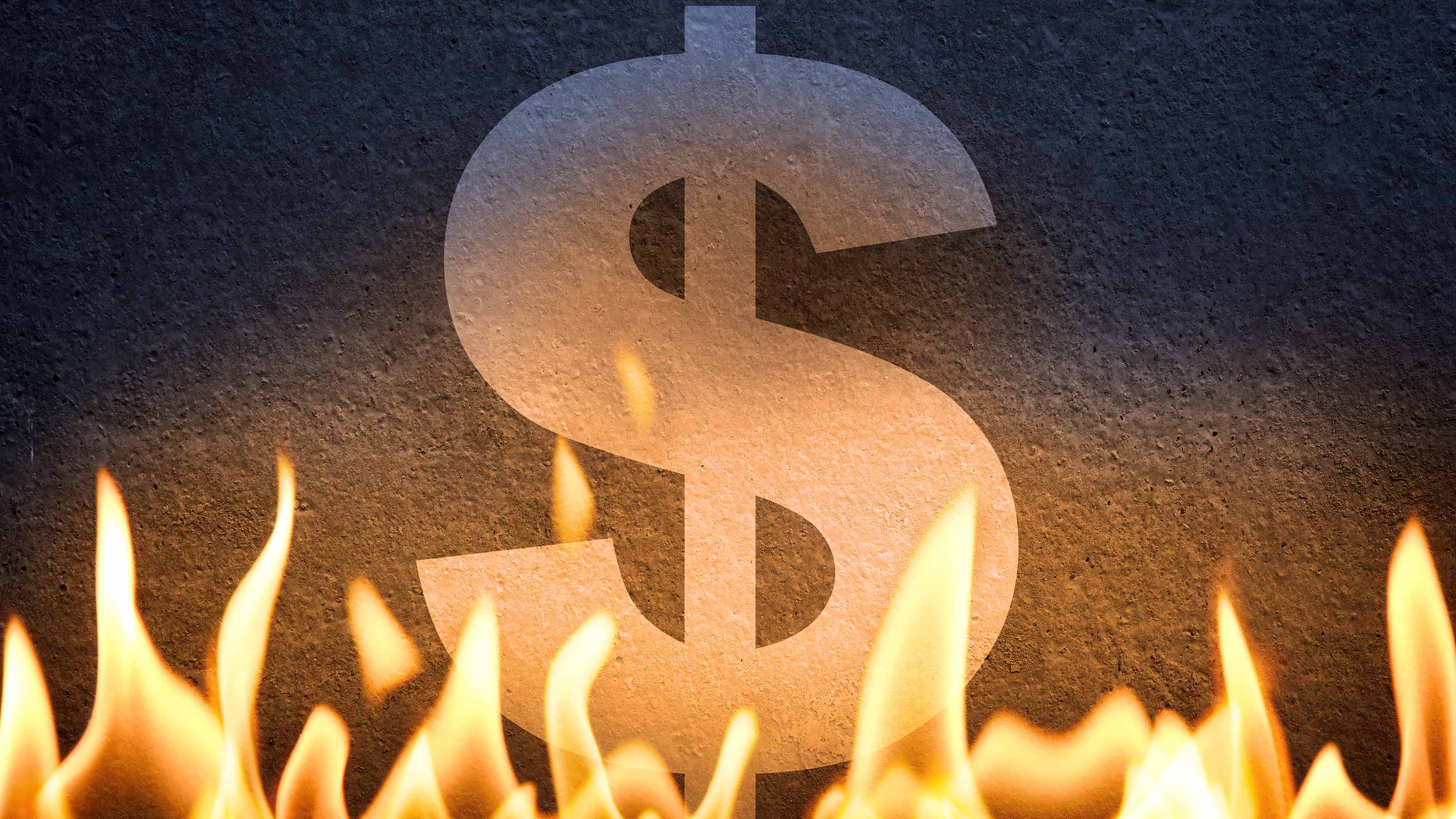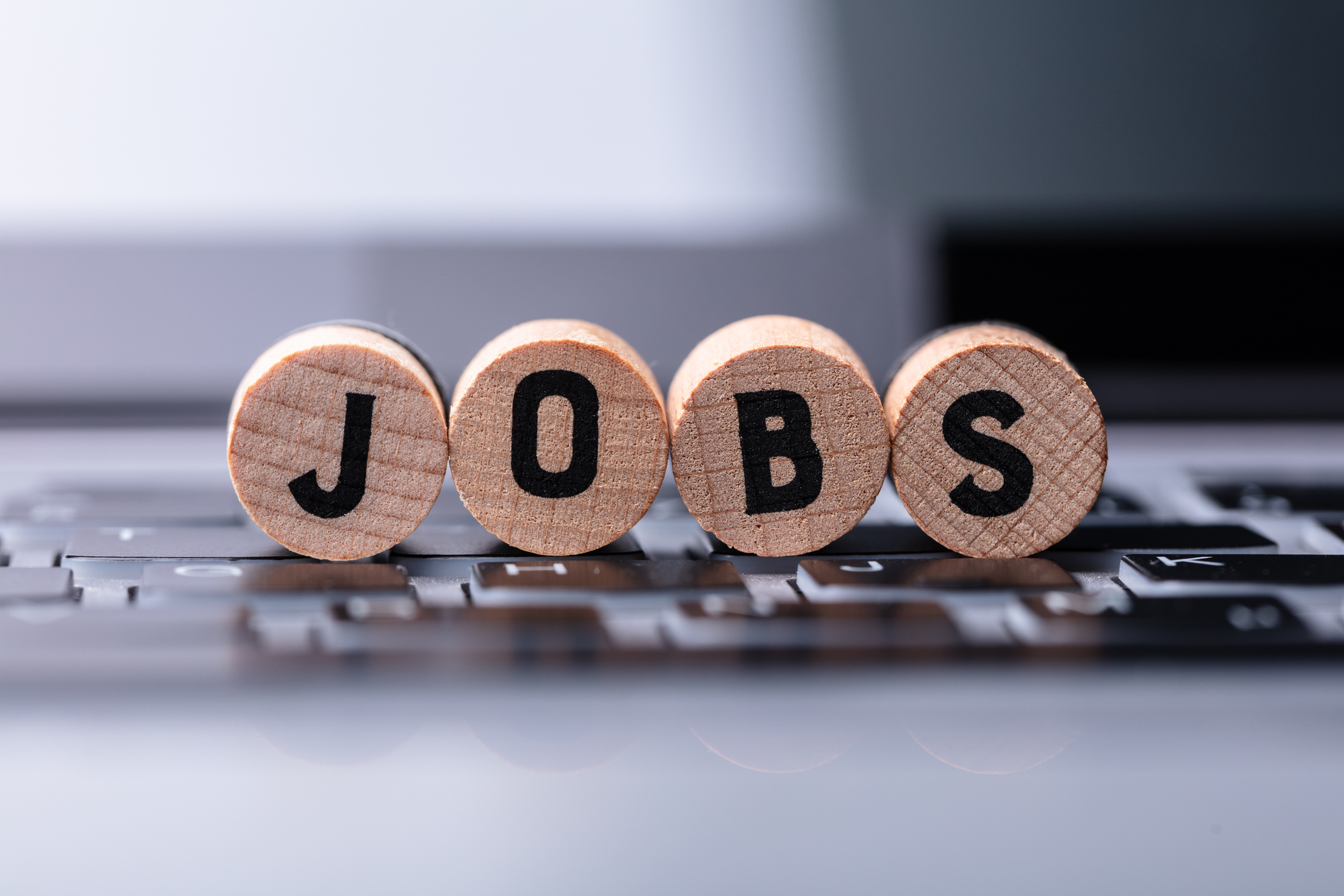The Next CPI Report: What to Expect
If January's inflation data come in above forecast, the next CPI report could be bad news for the stock market.


The next CPI report is giving traders and investors even more agita than usual. Fears are running high that a hot January inflation print will force the Federal Reserve to send interest rates ever higher and keep them there for longer.
And after a stunningly strong January jobs report, the market's worries aren't exactly misplaced.
After all, the S&P 500 rose more than 6% in the first month of 2023 thanks in part to expectations that the Fed would pivot away from its aggressive policy on interest rates sometime later this year.
From just $107.88 $24.99 for Kiplinger Personal Finance
Become a smarter, better informed investor. Subscribe from just $107.88 $24.99, plus get up to 4 Special Issues

Sign up for Kiplinger’s Free Newsletters
Profit and prosper with the best of expert advice on investing, taxes, retirement, personal finance and more - straight to your e-mail.
Profit and prosper with the best of expert advice - straight to your e-mail.
But try as the Fed might to tame inflation by increasing unemployment, the labor market has thus far refused to play along. Hiring remains robust and unemployment is at a 53-year low. These facts alone make it harder for the Fed to ease up on its rate policy.
If the next CPI report surprises to the upside like the January jobs report did, it will further dash hopes for a more dovish central bank in the latter part of 2023. Worse, rising interest rates raise the possibility of a Fed-induced recession.
As for the next CPI report, the Consumer Price Index (CPI) for January is slated for release by the Bureau of Labor Statistics on Tuesday, Feb. 14, at 8:30 a.m. Eastern time. Economists surveyed by Dow Jones forecast headline inflation to increase 0.4% on a monthly basis, and by 6.2% year-over-year.
Below please find a selection of commentary from economists, strategists and other market pros on what to expect from the next CPI report, sometimes edited for clarity or brevity.
Experts Weigh in on the Next CPI Report

"This week's headlines will be dominated by Tuesday's CPI report and Thursday's PPI report. Both inflation measures have trended downward in recent months. We will be looking for a continuation of that trend. After January's jobs report brought about renewed Fed hawkish rhetoric, the CPI will need to show markets that the Fed's plan and actions are coming to fruition. If inflation starts trending upwards again, the Fed could be forced to alter its path." – Kevin Simpson, founder and chief investment officer at Capital Wealth Planning
"Any core CPI reading under 5.5% would likely be a short-term upward catalyst for stocks and any reading above 5.5% would likely be viewed negatively by the markets over the very short-term. Our expectation is that something in the middle and in-line with most projections is apt to be reported, to the chagrin of both those betting on higher and on lower numbers. The stock market rally so far this year is disconnected from the economic backdrop and its strength is largely fueled by retail investors buying speculative stocks that had been crushed in 2022. The current market strength is ignoring the Federal Reserve's signals that higher for longer interest rates is the new normal." – George Ball, chairman of Sanders Morris Harris
"Headline CPI prices probably rose solidly in January as gasoline prices swung from holding down inflation in December to pushing it up in January. Food at home prices are also projected to pick up. Retail used vehicle prices look to have fallen again (though somewhat less than the prior few months) and we project a solid slowing in rents (though still a robust increase). We think the risks are skewed to the upside this month. The upside risks to the CPI projection could also imply added upside risk to our outlook for the federal funds rate." – UBS Global Research, Economics, Americas
"The market's focus is on January U.S. CPI inflation – specifically on core services inflation, the most affected by tight labor markets and higher wages. December core CPI was revised up sharply last week, showing it hadn't slowed nearly as much as first reported. We're also looking for ongoing signs of economic damage in U.S. retail sales and industrial production." – BlackRock Investment Institute
"Markets are on tenterhooks ahead of tomorrow's key number of the week — the January CPI report. The consensus is at +0.5% month-over-month for the headline index (and +0.4% for the core [excluding volatile food and energy prices]), but there is a risk of a higher number due to two quirks — a sudden and seemingly inexplicable bounce in used vehicle prices and medical care services prices. Tack on the +10% rebound in gasoline prices. The benchmark Bureau of Labor Statistics revisions that showed more upside in seasonally-adjusted consumer prices, along with the long line of hawkish Fed rhetoric, reversed the recent downtrend in the 10-year T-note yield in rather dramatic fashion." – David Rosenberg, founder and president of Rosenberg Research
"Consumer prices look to rise the most in three months in January, by 0.5%, pumped by higher gas prices and food costs and a sharp rebound in used car prices. The core CPI looks to bounce 0.4% in January, as per the prior month (post-revision). Helped by favorable year-ago comparisons, the annual headline rate should retreat by a tenth to 6.4%, while the core rate could slip two tenths to 5.5%, still well above target." – Michael Gregory, deputy chief economist at BMO Capital Markets
Profit and prosper with the best of Kiplinger's advice on investing, taxes, retirement, personal finance and much more. Delivered daily. Enter your email in the box and click Sign Me Up.

Dan Burrows is Kiplinger's senior investing writer, having joined the publication full time in 2016.
A long-time financial journalist, Dan is a veteran of MarketWatch, CBS MoneyWatch, SmartMoney, InvestorPlace, DailyFinance and other tier 1 national publications. He has written for The Wall Street Journal, Bloomberg and Consumer Reports and his stories have appeared in the New York Daily News, the San Jose Mercury News and Investor's Business Daily, among many other outlets. As a senior writer at AOL's DailyFinance, Dan reported market news from the floor of the New York Stock Exchange.
Once upon a time – before his days as a financial reporter and assistant financial editor at legendary fashion trade paper Women's Wear Daily – Dan worked for Spy magazine, scribbled away at Time Inc. and contributed to Maxim magazine back when lad mags were a thing. He's also written for Esquire magazine's Dubious Achievements Awards.
In his current role at Kiplinger, Dan writes about markets and macroeconomics.
Dan holds a bachelor's degree from Oberlin College and a master's degree from Columbia University.
Disclosure: Dan does not trade individual stocks or securities. He is eternally long the U.S equity market, primarily through tax-advantaged accounts.
-
 Nasdaq Sinks 418 Points as Tech Chills: Stock Market Today
Nasdaq Sinks 418 Points as Tech Chills: Stock Market TodayInvestors, traders and speculators are growing cooler to the AI revolution as winter approaches.
-
 23 Last-Minute Gifts That Still Arrive Before Christmas
23 Last-Minute Gifts That Still Arrive Before ChristmasScrambling to cross those last few names off your list? Here are 23 last-minute gifts that you can still get in time for Christmas.
-
 The Rule of Compounding: Why Time Is an Investor's Best Friend
The Rule of Compounding: Why Time Is an Investor's Best FriendDescribed as both a "miracle" and a "wonder," compound interest is simply a function of time.
-
 Nasdaq Sinks 418 Points as Tech Chills: Stock Market Today
Nasdaq Sinks 418 Points as Tech Chills: Stock Market TodayInvestors, traders and speculators are growing cooler to the AI revolution as winter approaches.
-
 Stocks Chop as the Unemployment Rate Jumps: Stock Market Today
Stocks Chop as the Unemployment Rate Jumps: Stock Market TodayNovember job growth was stronger than expected, but sharp losses in October and a rising unemployment rate are worrying market participants.
-
 The Delayed November Jobs Report Is Out. Here's What It Means for the Fed and Rate Cuts
The Delayed November Jobs Report Is Out. Here's What It Means for the Fed and Rate CutsThe November jobs report came in higher than expected, although it still shows plenty of signs of weakness in the labor market.
-
 Stocks Struggle Ahead of November Jobs Report: Stock Market Today
Stocks Struggle Ahead of November Jobs Report: Stock Market TodayOracle and Broadcom continued to fall, while market participants looked ahead to Tuesday's jobs report.
-
 AI Stocks Lead Nasdaq's 398-Point Nosedive: Stock Market Today
AI Stocks Lead Nasdaq's 398-Point Nosedive: Stock Market TodayThe major stock market indexes do not yet reflect the bullish tendencies of sector rotation and broadening participation.
-
 Dow Adds 646 Points, Hits New Highs: Stock Market Today
Dow Adds 646 Points, Hits New Highs: Stock Market TodayIt was "boom" for the Dow but "bust" for the Nasdaq following a December Fed meeting that was less hawkish than expected.
-
 Dow Rises 497 Points on December Rate Cut: Stock Market Today
Dow Rises 497 Points on December Rate Cut: Stock Market TodayThe basic questions for market participants and policymakers remain the same after a widely expected Fed rate cut.
-
 JPMorgan's Drop Drags on the Dow: Stock Market Today
JPMorgan's Drop Drags on the Dow: Stock Market TodaySmall-cap stocks outperformed Tuesday on expectations that the Fed will cut interest rates on Wednesday.